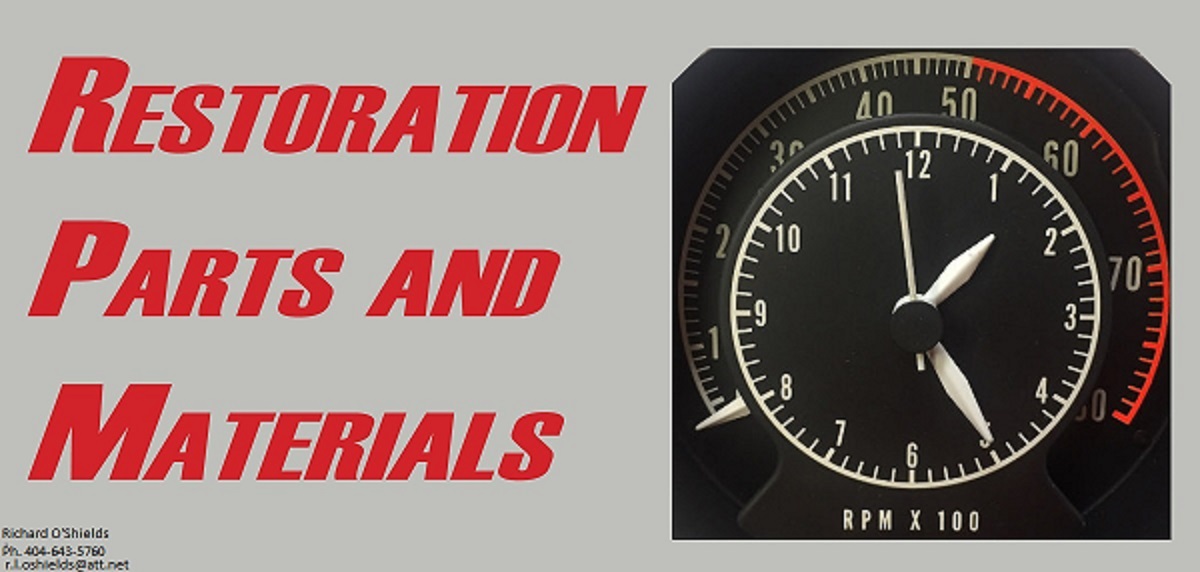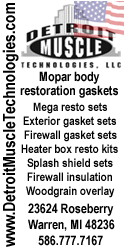thethee
Senior Member
I haven't been able to check the compression another time but I do have another (hypothetical) question for now. The original steel head gasket is 0.020" compressed thickness while the new composite gaskets are 0.039" compressed thickness and new steel gaskets appear hard to come by. Just ignoring the compression drop with the composites for now, would that be a straight swap? Or am I right in assuming you'd need new pushrods for that 0.019" increase? Alternatively, would milling the heads an additional 0.019" also work?
















